By Valerie Whittle
Maybe you’re just starting to think about storing extra food or maybe a recent move has upended your storage system and you need to rethink everything. Regardless, there are a lot of options from which to choose.
Bringing you the best Preparedness articles from across the Internet for over 10 years!
Do you ever wonder what people ate during the Great Depression? It was a time of great hardship, and food was often scarce.
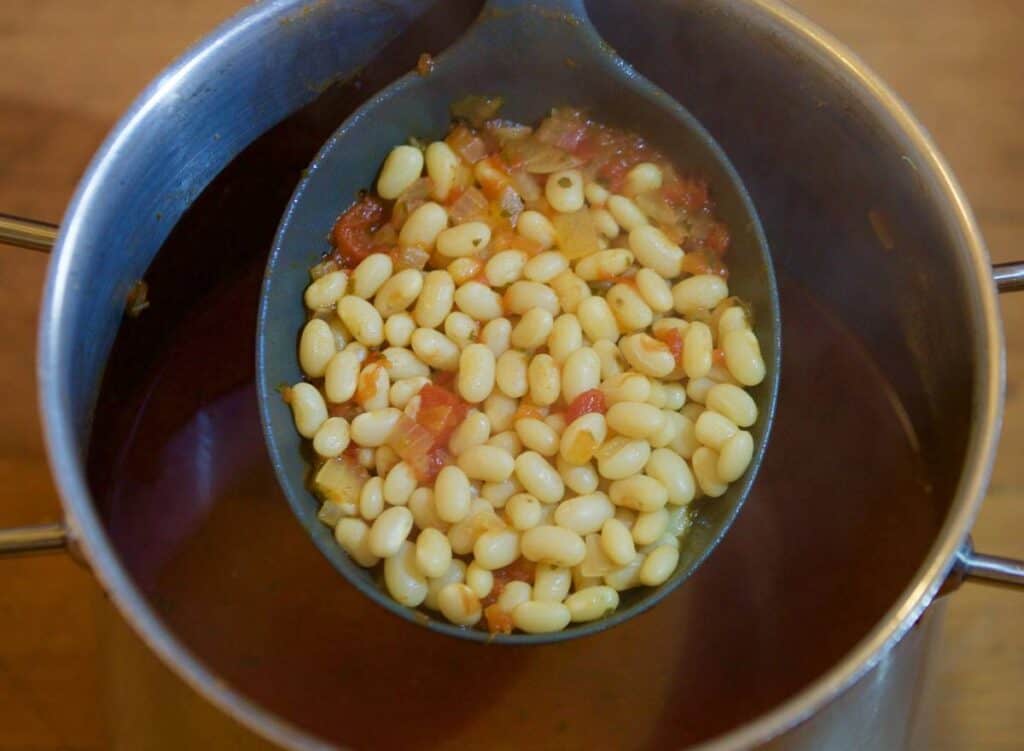
However, people still had to eat, and they found ways to make do with what they had.
With resources scarce and money often scarcer, the bountiful pantries and kitchens of previous eras were only fond memories for most who lived through this time.
Preppers might be well served to memorialize some of these recipes and reboot them for our modern era.
Whether you are trying to pad a post-collapse menu with decidedly limited ingredients or just stave off boredom from the same old dish every meal, these recipes still have some life in them.
In this article, we will explore 25 recipes from the Great Depression that have been lost to history. Some of them may sound Spartan, strange or unappetizing, but they were all popular during that time period!
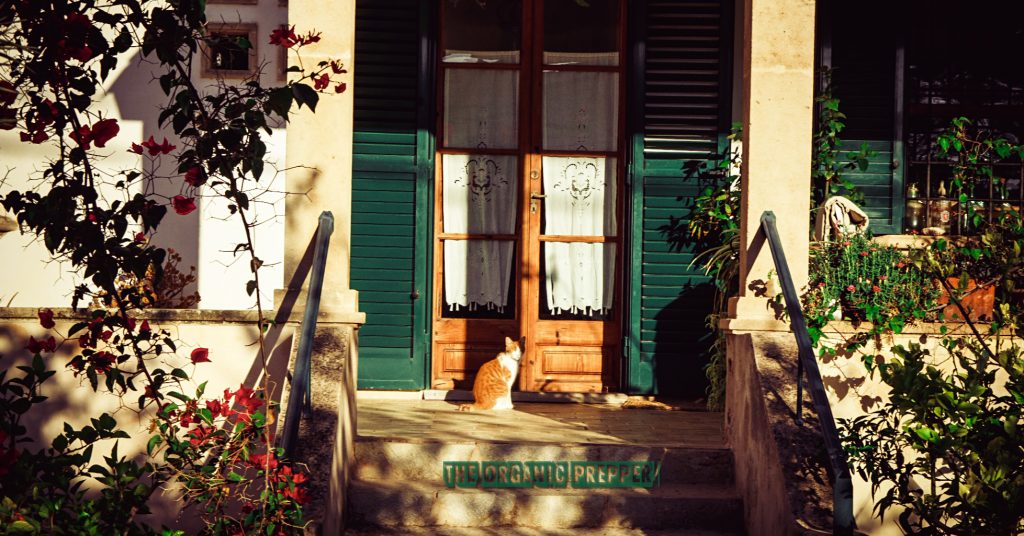
Space is always at a premium when it comes to storage space inside your home, even when considering such vital preps as water.

For those of us who already have our homes packed to bursting with supplies, or who just so happened to be living in smaller quarters, coming up with enough space can be quite a challenge.
When it comes to water, however, one of the best storage vessels that every home is equipped with is the humble bathtub.
Now the only question is how to get scavenged rainwater from outside into your home and into the tub.
By Linda Loosli

Preppers have long been concerned about amassing resources that would be taken by FEMA in an emergency. Maybe you have seen something like this in your mind’s eye, too.
A line of armored vehicles on your street with armed men going door to door with FEMA on their shirts and taking the buckets and cans of food that you had stored for just this moment.
They walk in and out of your home, container after container and leave you hollowed out to face the disaster like the unprepared.
It’s a real concern for preppers but how concerned should you be?
By Linda Loosli

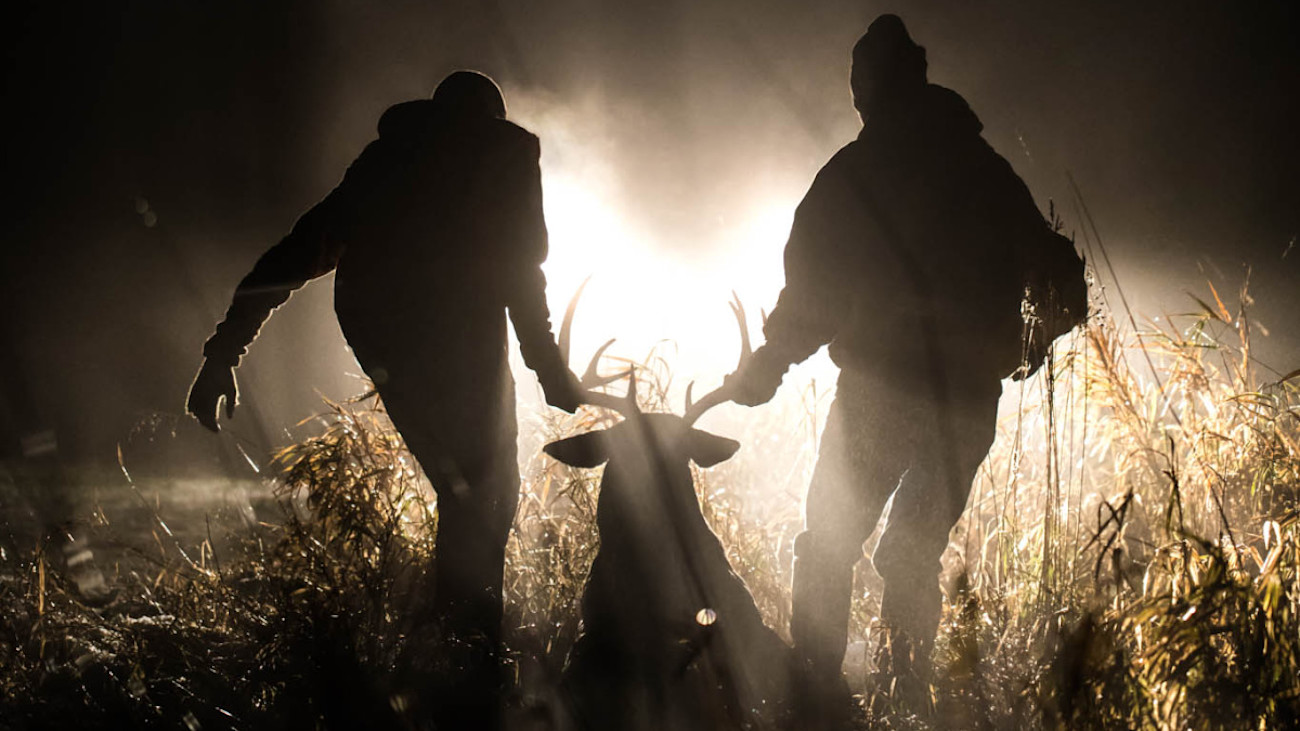
Imagine a time when grocery store shelves are empty, power is spotty, or where there’s no heat for the winter. If you’re not prepared, the idea can be scary.
You’ll want to have backup power sources in place, and that means having a way to store those extra batteries safely for emergencies. Proper storage can be challenging, particularly for new preppers.
To make sure you’re storing your batteries in the safest and best way possible, read on.
Original Article
In off-grid settings, the amount of physical exertion involved in activities of survival can be significant. Bending, lifting, and carrying heavy weights is part and parcel of the daily duties needed to stay alive. Our bodies have muscles and connective tissue to hold in internal organs in the face of pressure. When they fail, you can develop a hernia.

Smoke is responsible for three out of four fire-related deaths.
Install smoke detectors on every level of your home, outside of sleeping areas, and in bedrooms.
Test every smoke detector once a month. Replace the batteries once a year or more often if the detector makes a chirping sound.
If you buy a new one, make sure it is approved by U.L. and the State Fire Marshal.
by David Andrew Brown

News stories abound of criminals taking advantage of elderly citizens. According to a study done by the U.S. Department of Justice in 2021, “About 83 percent of all crime experienced by the elderly was property crime.”
In my hometown, seniors were recently targeted by a crew of burglars gaining entry into homes while posing as city utility workers. Once inside, they searched the house for valuables while the residents were distracted.
It is certainly an old scam, one of dozens aimed at the trusting nature of senior citizens, who are often seen as slow, frail, and less likely to put up a fight.
By Linda Loosli
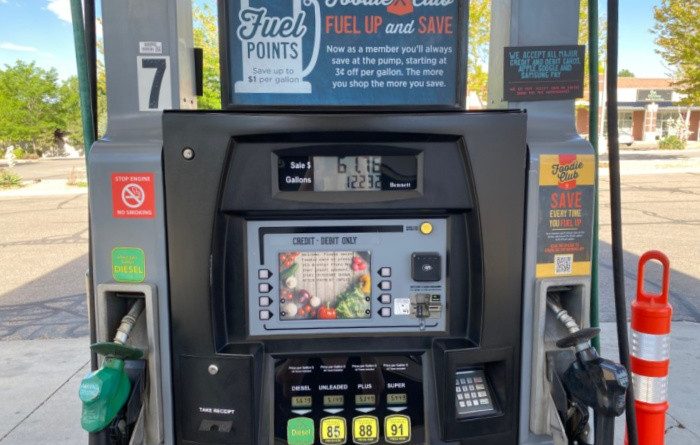
To help you find the best fit for you, I have critiqued many of the traditional and some not-so-traditional food storage containers. Almost everything on this list is available second-hand so don’t let cost deter you initially.
Also, we are in a period of inflation so hopefully, some of the costs will come down shortly.

The primary enemies of food storage are oxygen, light, heat, humidity, and pests, so before you make choices about food storage containers you should evaluate:
by RACHAEL BLASBALG
It’s getting harder to find what you want at the grocery store. Inflation is driving up prices. And there is no end in sight. Starting a seedbank now will help you prepare for the upcoming food crisis.
A seedbank will ensure that you have what’s necessary on hand to feed your family when SHTF.
So what are you waiting for? Let’s get started.
Life is full of surprises and not all those surprises are of the pleasant sort. Some of those surprises can lead to some rather nasty situations, and when you’re living on a homestead off the grid those situations can escalate quickly.
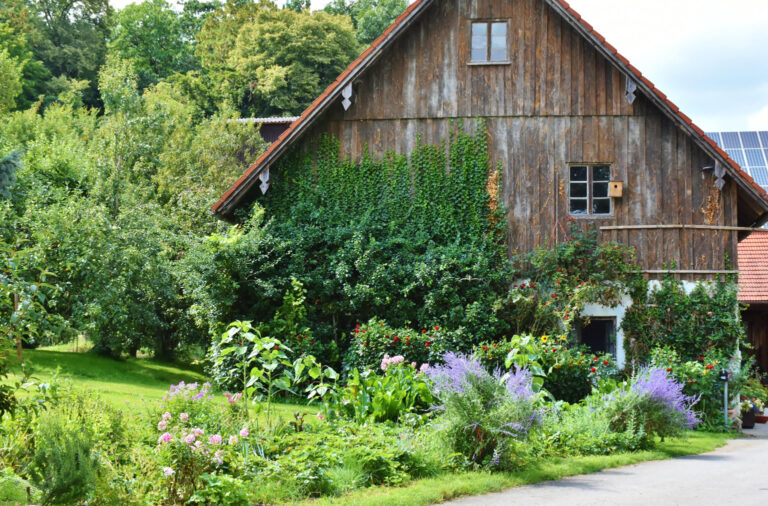
This makes protecting your homestead from intruders crucial.
So, how do you protect your homestead from those intruders who may try their luck? Well, that’s what we’re going to look at now.
Gun safety is an integral part of gun ownership never to be overlooked.
Unfortunately, most gun safety courses are focused on drawing and holstering your weapon, marksmanship, and trigger control.
While these are important aspects of owning and shooting a gun, they don’t teach you what its like to have to use your firearm for self-defense. What is the best way to keep your survival gun so it’s always at the ready? How do you do so without jeopardizing the safety of your family and self?

We’ve all heard stories of people who went on a day hike or afternoon hunting outing when disaster struck. A short hike or hunt turned into three days lost in the woods, or even worse, the person went missing for weeks and was never heard from again. Backwoods calamities happen every year in America and beyond.
One happened to me a few years ago after a hunting accident, and I almost didn’t survive. The incident taught me that a short walk in the woods can quickly turn into a nightmare if you’re unprepared for the worst. I don’t think everyone should be scared to walk in the woods or needs to bring enough food and gadgets to survive for weeks every time they head out on a jaunt, but there is a happy medium.
A close friend of ours, a helicopter EMS paramedic from Pennsylvania, is well versed in backwoods safety. Helicopters only get called in when things get really bad, so he has obviously seen his fair share of tragic situations that started as harmless outings. According to him, a few simple precautions can greatly increase the odds of getting out of the woods safely, even when disaster strikes.
By pete
Not all containers are created equal. Whether the container you wish to store water in is something you can place in your Bug Out Bag, or bury underground at your retreat, the material that it made from is as important as the purity of the water it holds.
Plastics that are safe to store water in must be food grade safe, on the outside of the containers there should be a recycling symbol (triangle of arrows), which has within it a number between 1 and 7. Food grades are 1, 2, 4, and 5. (Although some bio-plastics are also food grade and marked with a 7, unless you know the container is meant for food do not trust it, as not all number 7 stamps mean they are safe for food). The best food grade containers made of plastic are marked with a number 2, as this is High-density Polyethylene (HDPE) plastic. The others are PETE (#1), LDPE(#4), and polypropylene (PP/#5).1
If you are recycling old containers be careful not to use old milk jugs, or cardboard type juice boxes. Milk proteins and Juice particulars are almost never removed completely by washing and it is best to go with a new container for long term storage.
By Bill White
The nearly 39 million people who live in apartments here in the US face special challenges when it comes to prepping. The primary one is space, both inside their apartment and outside. But there are other challenges to consider as well. This isn’t to say that apartment dwellers shouldn’t prep, but rather that it takes looking at prepping in a slightly different way. Unfortunately, there really isn’t enough written about facing these challenges.
One small light at the end of this tunnel is that a large percentage of those living in apartments are single. While I don’t advocate for the single life in general, prepping for one is easier than prepping for a family, especially when you have limited space to work with. It’s much easier to find two-bedroom apartments so that you can have an extra bedroom than it is to find three or four-bedroom ones.
by Dan Stevens
Let’s stop beating around the bush. We all know the basics of survival: how to store food, water, and put together a bug-out bag.
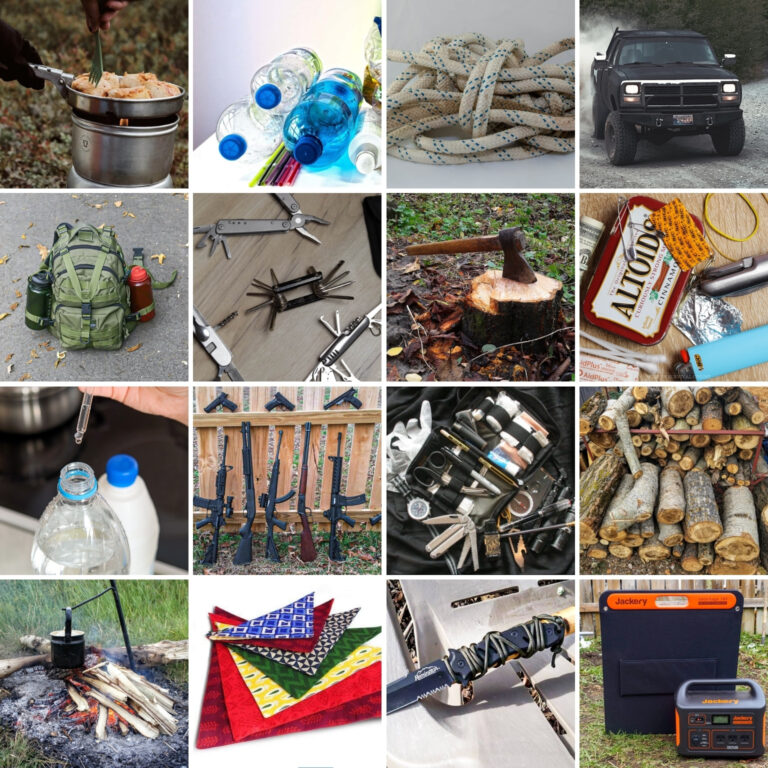
What we’re all really looking for are advanced, high-quality survival tips, tricks, tactics, and secrets that can help us take our preps to the next level.
You can’t find these by doing a quick search using your favorite search engine, or by reading your favorite survival blogs.
Many of the articles out there are just re-hashes so you don’t really learn anything new. And when you finally do find something useful, you realize you spent half an hour digging for it.
Wouldn’t it be nice to read something different for a change? Real survival tips from real preppers such as myself and others, go beyond the basics such as preparing your car for a bugout, or how to store food in Mylar bags with oxygen absorbers.
The prepping community has grown exponentially over the last few years and I’d be honored to help raise the bar as we gain more experienced preppers into the community.
I apologize in advance if you’ve already read, heard, or are already putting some of these tips into practice.
I’ve been reading and practicing like crazy lately, so it’s hard for me to know who first came up with some of the ideas I’m sharing, except the ones that are my own.
So, without further ado, let’s get started with this massive collection of tips (which I’ve conveniently grouped into categories)!
Out of all the various animals that you might raise as livestock or just as companions, chickens are probably the most appealing.

With so many varied breeds, a low bar to entry, and plenty of personalities, it is no wonder that chickens are extremely appealing to farmers and to backyard keepers alike.
However, some chicken breeds are known for aggression and can be dangerous to inexperienced keepers. What are the most dangerous chicken breeds?
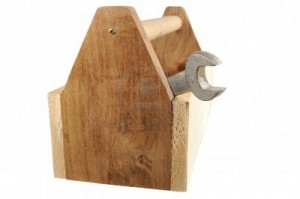 The power is out…again. Gas is over $10/gallon…when stations actually have gas to sell and electricity to run their pumps. Combined state and federal sales taxes under the Leveraged Index Financial Emerging Liabilities Interoperable Nullification and Easement (LIFELINE) Act of 2013 are at 25%…making a $5 half gallon of milk $6.25. Unemployment numbers (uncorrected) are close to 30% and underemployed numbers account for 12% more, leaving close to 50% of Americans below the poverty line for the first time in generations as companies shut down or move out of the country for easier economic climates.
The power is out…again. Gas is over $10/gallon…when stations actually have gas to sell and electricity to run their pumps. Combined state and federal sales taxes under the Leveraged Index Financial Emerging Liabilities Interoperable Nullification and Easement (LIFELINE) Act of 2013 are at 25%…making a $5 half gallon of milk $6.25. Unemployment numbers (uncorrected) are close to 30% and underemployed numbers account for 12% more, leaving close to 50% of Americans below the poverty line for the first time in generations as companies shut down or move out of the country for easier economic climates.
Original Article
Sheep are common and popular livestock animals for farms and homesteads. Their fleece can be used for blankets and clothing, and there are obvious culinary benefits.
They’re also entertaining to watch when they get excited. A flock of sheep will also give you a number of challenges, they have very specific dietary needs.
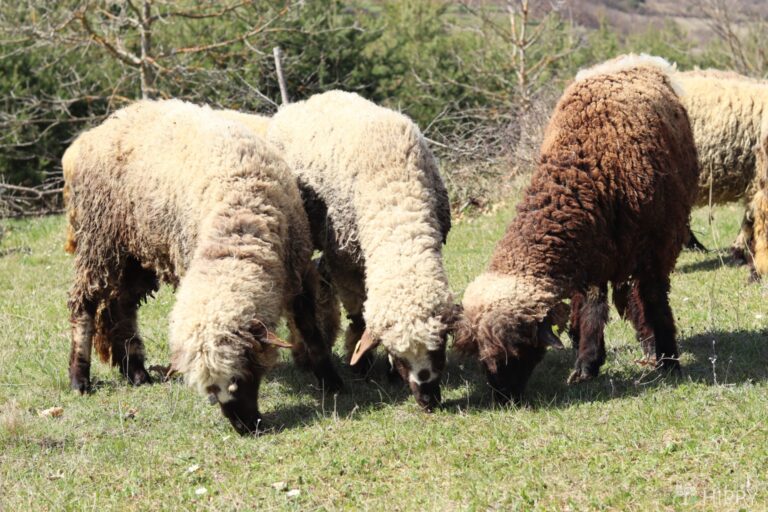
If they eat the wrong thing, it can cause serious problems. So, what are the dietary needs of sheep?